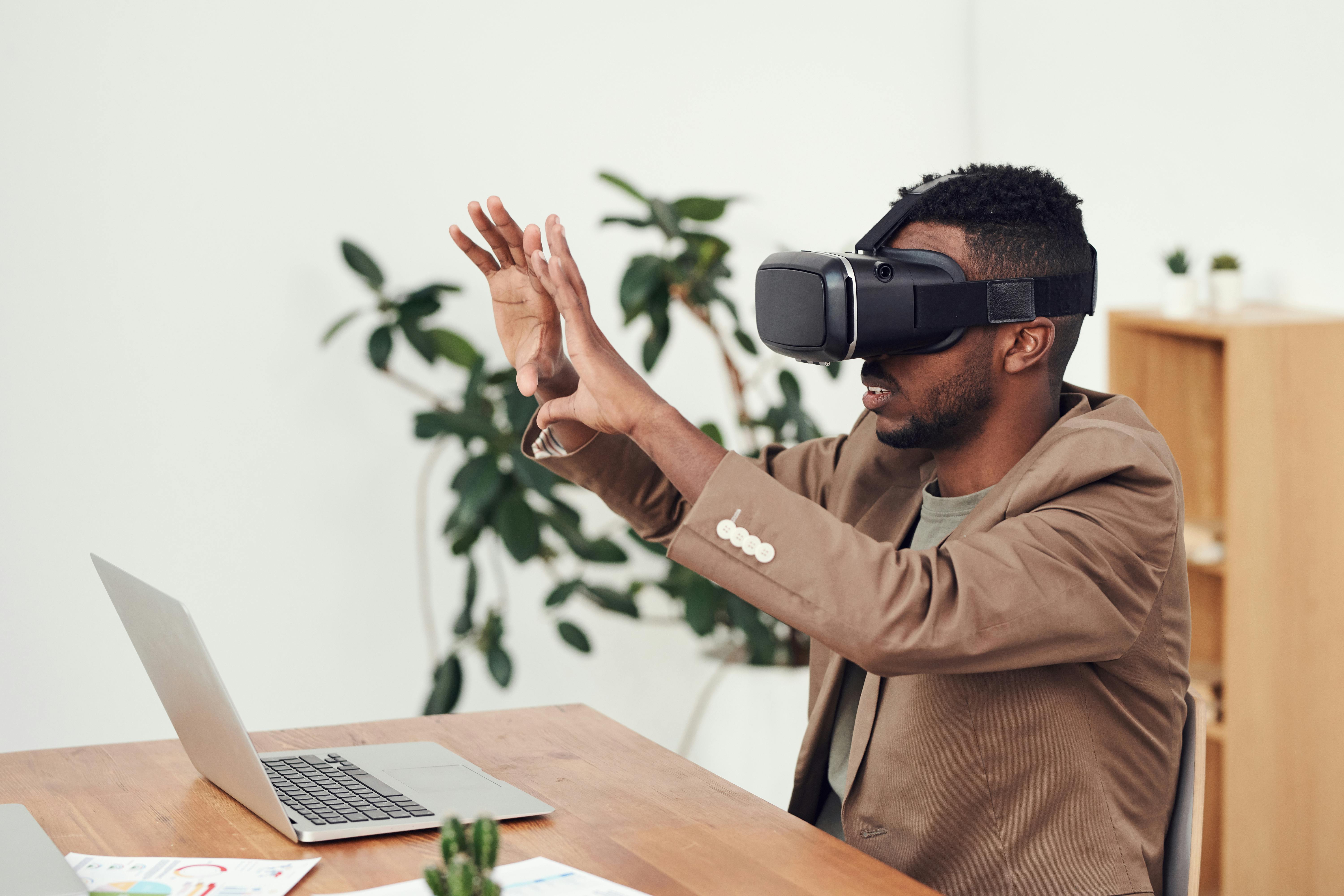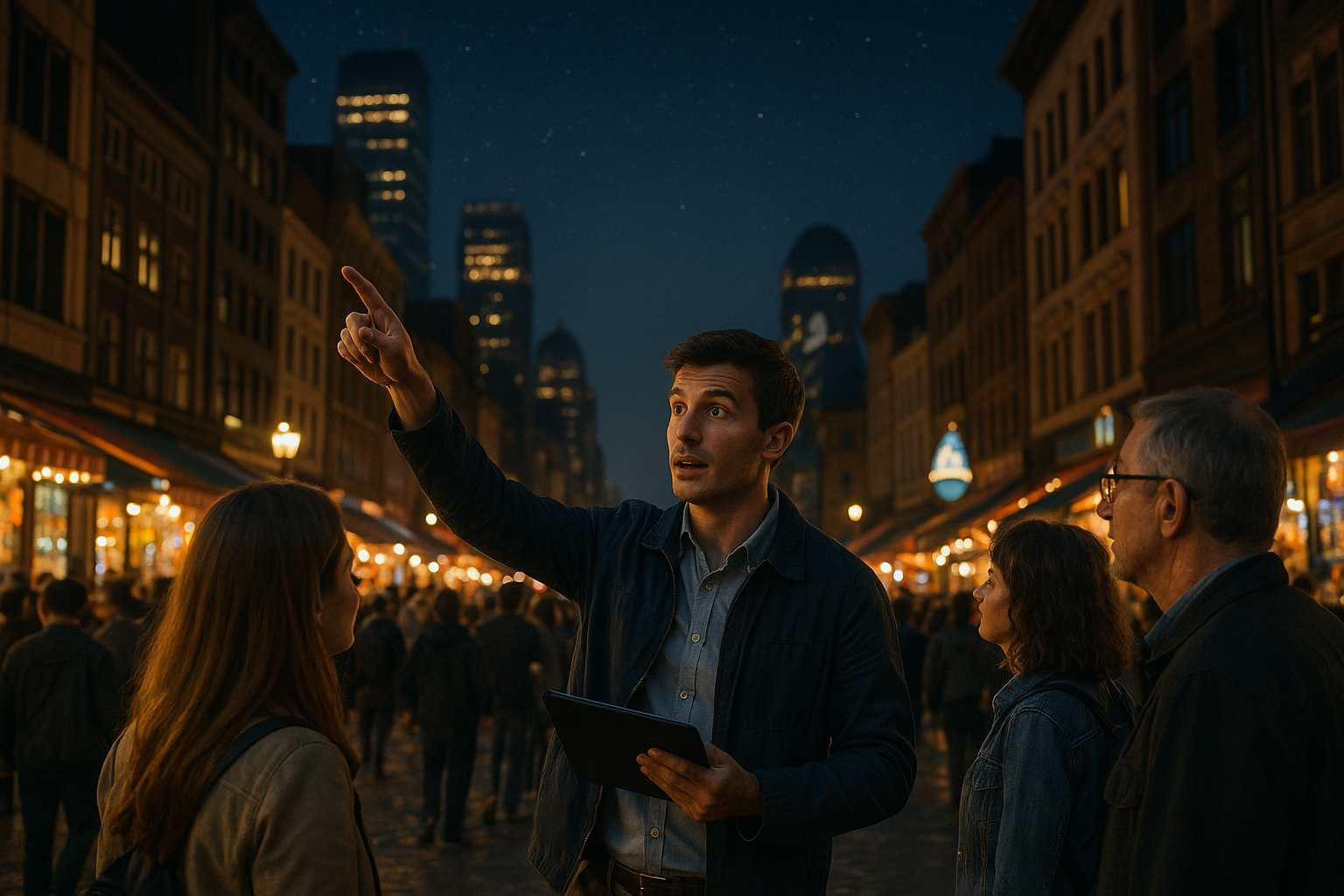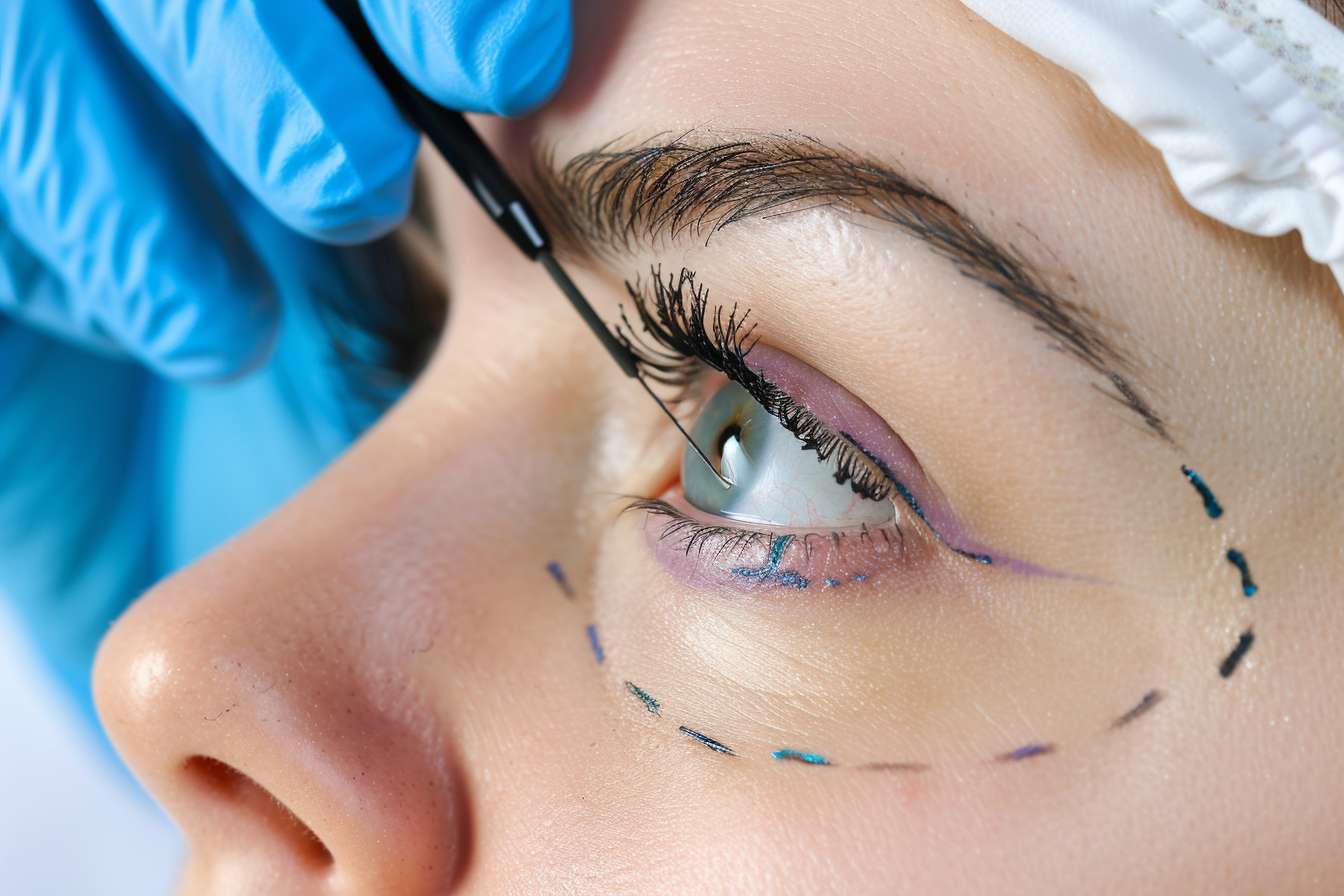Breaking Barriers: The Rise of Virtual Reality in Performing Arts
The advent of virtual reality (VR) technology has reshaped the landscape of several industries, and the arts and entertainment sector is no exception. From theater performances to music concerts, VR is enabling artists and creators to push the boundaries of traditional mediums, offering immersive experiences that redefine spectatorship.

Virtual Reality: A Brief Overview
Virtual reality is a computer-generated simulation that allows users to interact with a three-dimensional environment. By wearing a VR headset, users can experience a realistic and immersive simulation of an environment or situation. Initially, this technology was primarily used in the gaming industry. However, its potential for creating interactive and immersive experiences quickly captured the attention of artists and creators in the entertainment industry.
Incorporation of VR in Performing Arts
Over the past few years, VR technology has made significant inroads into the performing arts. The Royal Shakespeare Company, for instance, has been experimenting with VR to create immersive theater experiences. Meanwhile, several music festivals and concerts have started offering VR live streams, allowing viewers from around the world to experience performances as if they were physically present at the venue.
The Current State of VR in Performing Arts
Today, the use of VR in performing arts is not as novel as it once was. More and more creators are harnessing the power of this technology to redefine how performances are presented and experienced. From choreographers using VR to create immersive dance performances to theater companies employing VR to transport audiences to different time periods or fictional worlds, the possibilities are endless.
The Impact of VR on the Performing Arts
The incorporation of VR in performing arts has had a profound impact on both creators and audiences. For creators, it has opened up new avenues for artistic expression, allowing them to push the boundaries of traditional mediums. For audiences, it has transformed the way performances are experienced, offering immersive and interactive experiences that were previously unimaginable.
The Future of VR in Performing Arts
As VR technology continues to evolve, its role in the performing arts is expected to grow. Experts predict that future advancements in VR technology will enable even more immersive and interactive experiences. This could include things like haptic feedback, which would allow users to physically feel the virtual environment, further blurring the line between the virtual and the real.
In conclusion, the incorporation of VR in performing arts represents a significant shift in the way performances are created and experienced. While this technology is still in its early stages, its potential for transforming the arts and entertainment industry is immense. As VR continues to evolve, it’s exciting to imagine what the future of performing arts might look like.




